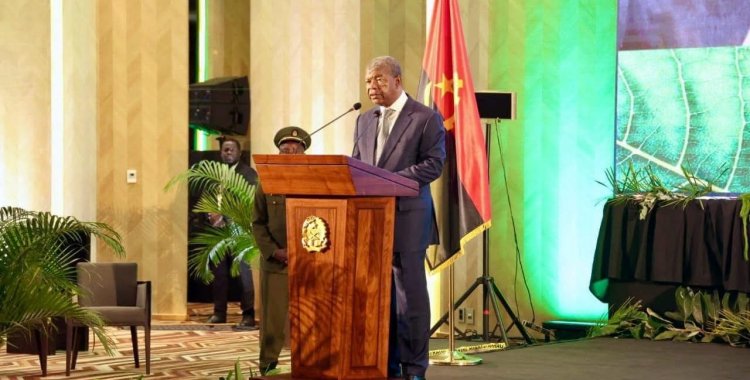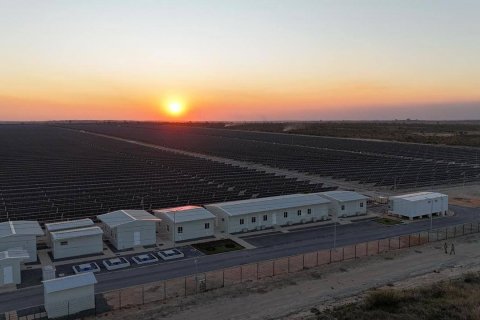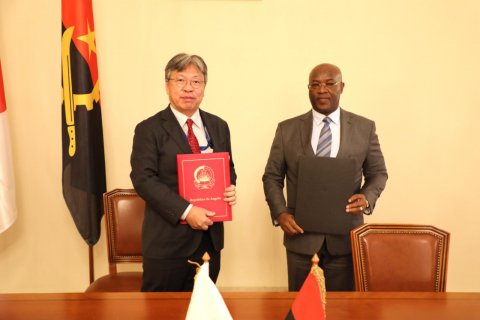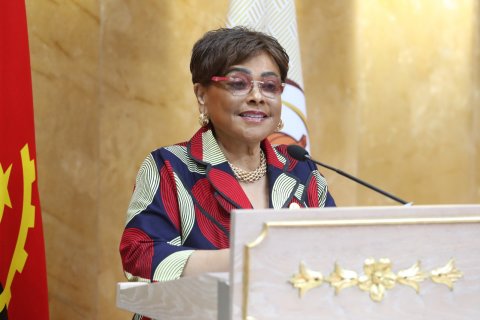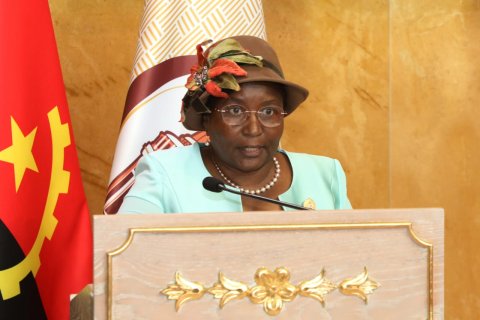João Lourenço spoke this Thursday in Luanda at the start of the International Conference on Biodiversity and Conservation Areas, which ends on Friday.
The head of the executive said that the Government, with the support of international funds, has dedicated efforts to improving conservation, implementing projects to improve the management of protected areas and has begun a process of animal repopulation, with giraffes reintroduced into the Quiçama and Iona National Parks.
Among the activities linked to strengthening conservation areas, he pointed out the survey of fauna in national parks, construction of inspection posts, increase in the number of inspectors, mapping of conservation areas, development of ecotourism, etc.
"The conservation and protection of biodiversity is a global imperative for the health of our planet", he stressed, noting that the loss of biodiversity puts food security, water quality and the fight against climate change at risk.
"Each country has a duty to contribute, but it is equally important that efforts are coordinated and that developing countries receive technical and financial support to face the challenges that threaten our natural heritage," he added.
João Lourenço said that biodiversity in Angola, with five thousand species of plants, of which 1200 are endemic, is "one of the most important in Africa and the world" and that the authorities have been implementing concrete policies regarding the conservation, preservation and sustainable use of the country's resources.
The country is home to unique ecosystems and emblematic species, such as the Giant Sable Antelope and the Welwitschia Mirabilis, "a plant that defies time with its resilience in the Namib Desert," the head of state stressed, also highlighting the geographical location that gives it a strategic role in the migratory routes of important species, such as African elephants and various aquatic birds.
Angola intends to expand conservation areas from 13 percent to 16 percent, with new areas proposed in the provinces of Huambo (Morro do Moco), Cuanza Sul (Cumbira forest) and Uíge (Pingano mountain range).
"Later this year, we will have the first marine conservation area on the coast of Namibe province, as well as the first biosphere reserve, which will extend from the Quissama National Park to the sea," he continued.
Angola currently has 14 terrestrial conservation areas, of which nine are national parks, one regional park, two full nature reserves and two partial reserves.
At a national level, eleven wetlands were approved by the National Assembly in July 2016 as candidates for Ramsay Sites of International Importance.

